
LORDS
OF ALBA
LORDS
OF ALBA
THE MAKING OF SCOTLAND
IAN W. WALKER

For Adam
First published in 2006 by Sutton Publishing Limited
The History Press
The Mill, Brimscombe Port
Stroud, Gloucestershire, gl5 2qg
www.thehistorypress.co.uk
This ebook edition first published in 2013
All rights reserved
Ian W. Walker 2006, 2013
The right of Ian W. Walker to be identified as the Author of this work has been asserted in accordance with the Copyrights, Designs and Patents Act 1988.
This ebook is copyright material and must not be copied, reproduced, transferred, distributed, leased, licensed or publicly performed or used in any way except as specifically permitted in writing by the publishers, as allowed under the terms and conditions under which it was purchased or as strictly permitted by applicable copyright law. Any unauthorised distribution or use of this text may be a direct infringement of the authors and publishers rights, and those responsible may be liable in law accordingly.
EPUB ISBN 978 0 7524 9519 4
Original typesetting by The History Press
Contents
List of Maps
Acknowledgements
T he writing of this book proved more difficult than I anticipated. I originally planned to focus on the role of King Malcolm III and Queen Margaret in transforming Scotland. It quickly became clear, however, that the earlier period and, in particular, the reign of King Constantine II needed to be explored in order to place Malcolm more fully in context. The scope of the book therefore expanded as I wrote. The overall plan of the work consequently had to be revised to balance the original and the new material. This all meant that the writing took rather longer than intended. I am grateful to Christopher Feeney at Sutton Publishing for his patience during the extended writing period.
I would also like to thank the following people and organisations for their assistance in completing this book. The staffs of the National Library of Scotland and Edinburgh University Library, who provided invaluable assistance in locating many of the sources consulted. The numerous organisations and individuals, who assisted with the selection of illustrations and the associated permissions to reproduce them in this book. In particular, Kristina Watson and the staff at the Royal Commission for the Ancient and Historic Monuments of Scotland, Bryony Coombs at Historic Scotland and Helen Osmani at the National Museums of Scotland, all in Edinburgh. And last but not least Elizabeth Stone and Jane Entrican at Sutton Publishing for their assistance during the actual publication process.
I would also like to thank Douglas Ansdell for the chance to discuss some of the broader concepts featured in this book. I would finally like to thank my father and mother, who worked as unpaid proof-readers and saved me from making many errors. I am solely responsible for those errors that remain in the final work
Ian W Walker
Edinburgh
November 2005
Introduction
T he early medieval history of the northern half of Britain, which subsequently developed into modern Scotland, has been somewhat neglected. The crucial years from 800 to 1125 seldom feature as more than a foreword to general accounts of medieval Scotland and have rarely been the subject of detailed study. In comparison, the early medieval history of southern Britain and of Ireland is much better served. The few works that do tackle early medieval Scotland often end or begin with the pivotal reign of Malcolm III, who is often known as Malcolm Canmore. They focus either on the period before this or on that which followed. This is strange since the reign of Malcolm III is arguably one of the most important periods in the history of what would later become Scotland.
The early medieval period witnessed the formation of a new political entity, the kingdom of Alba, to the north of the Forth-Clyde Isthmus. It was the product of a union between the Picts and the Scots of Dalriada under a single kingship. This infant kingdom was invaded several times by the Vikings, who transformed the political shape of the entire British Isles, and was almost snuffed out in the process. Instead, it survived the storm to emerge consolidated and confident, with the once mighty Vikings relegated to its outer fringes. The new kingdom, its people tempered in war, subsequently expanded southwards to conquer new lands. It subdued and then absorbed the Britons of Strathclyde and the English of northern Northumbria to reach the Tweed and the Solway.
The latter part of this crucial period also witnessed a dramatic transformation in the cultural identity of the kingdom of Alba. In the eleventh century, under King Malcolm III, a gradual process of metamorphosis transformed the largely Gaelic society of Alba into the more mixed culture of medieval Scotland, with its strong English element. It was a change that represented the first major step on the road to the culture of modern Scotland. The subsequent impact of the Normans in the twelfth century, which undoubtedly accelerated the transformation of Gaelic Alba into Scotland, is much better documented and understood. This later change has been intensively studied almost to the exclusion of its eleventh-century beginnings.
These important events would be highly significant for the future of Scotland and northern Britain and deserve to make this crucial period the focus of major study. It was a time that witnessed the emergence in northern Britain of a large and powerful new kingdom of Scotland. It was a vibrant multicultural kingdom ruled by a single dynasty able to hold the allegiance of all its subjects. It controlled the richest agricultural lands in northern Britain and had managed to confine its enemies to the more marginal lands. It faced only one significant rival, the richer and more powerful kingdom of England to the south. In spite of tensions, the rulers of these realms managed to develop a workable modus vivendi. The existence of two major powers in Britain, which set the pattern for the future, was established in this important period.
A major reason for the lack of attention to the history of northern Britain in this period is undoubtedly the relative scarcity of sources, especially in comparison to those available for other parts of the British Isles. This is certainly a difficulty, but it should not dissuade us from at least attempting to discern some of the important processes at work at this time and to consider the relative importance of some key individuals. It must be confessed at the outset that a full history of this period simply cannot be written using local northern British sources alone. There are simply too few of them and they are often so brief, allusive and fragmentary that it is sometimes impossible to construct anything other than a skeletal framework. If these few scraps were indeed all that remained, then this period would be largely without a history.
The few local sources that do survive from northern Britain cast only a few, if bright, shafts of light on contemporary events. The narrative sources consist of a number of lists of kings, a single brief chronicle and a couple of saints lives, including the important Life of Margaret. This last is usually known as The Life of St Margaret, although it was not until later that the lady achieved sainthood, partly as a result of the persuasion of this work. The documentary sources include marginal notes in gospel books, some charters and related documents usually from the later part of the period. This is very little compared to the sources available for contemporary Irish or English history.
Next page


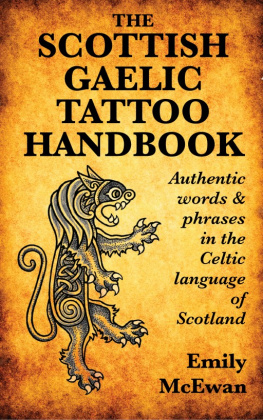
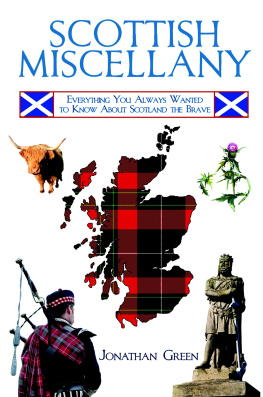
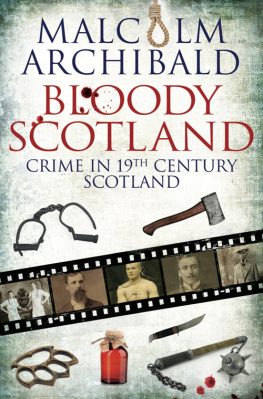
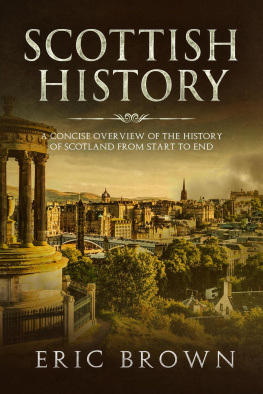
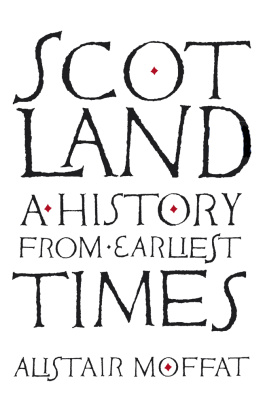
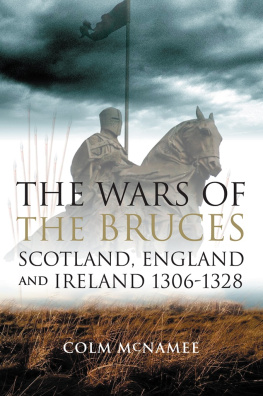

![Watson - Under the hammer : Edward I and Scotland, 1286-1306 [sic]](/uploads/posts/book/103524/thumbs/watson-under-the-hammer-edward-i-and-scotland.jpg)


